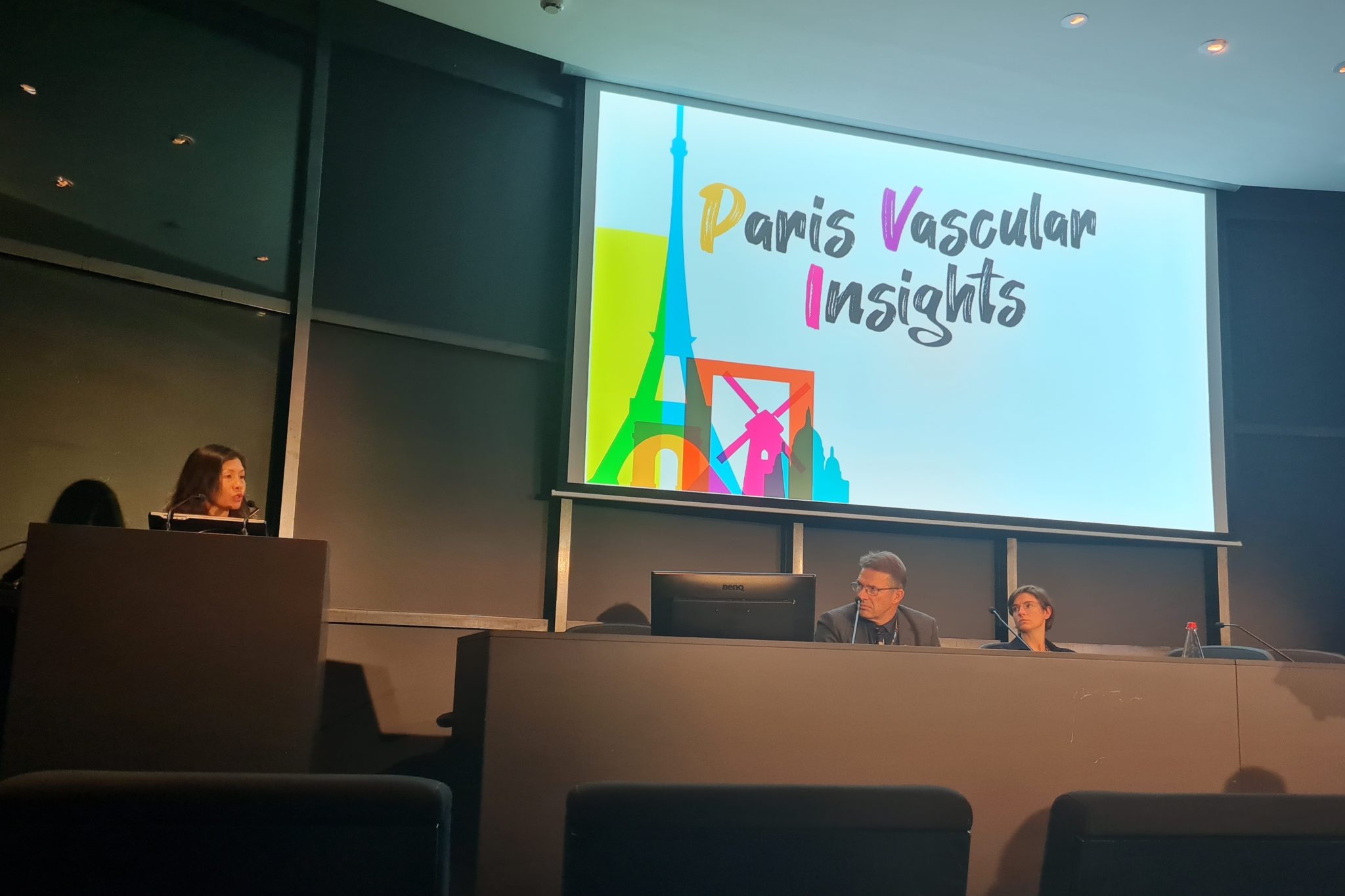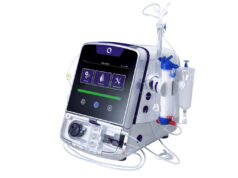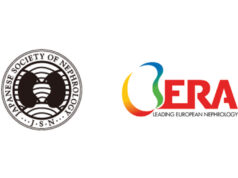
In the future, a global approach to help standardise clinical practice guidelines for kidney disease may be the ideal way forward. This was the closing message from Charmaine Lok (University of Toronto, Toronto, Canada) following a session at the Paris Vascular Insights meeting (PVI 2021; 21–23 October, Paris, France) in which panellists also evaluated the shift from fistula-first to patient-first attitudes in current guidelines.
The discussion was opened by Evi Nagler (Ghent University Hospital, Ghent, Belgium), who presented the European Renal Best Practice (ERBP) guidelines to the PVI audience—specifically focusing on the section concerned with peri- and postoperative care of arteriovenous fistulas and grafts for haemodialysis in adults. She noted that the latest ERBP updates have focused on making these guidelines more patient-centred, in addition to improving stakeholder involvement, and answering the questions that are most important to healthcare professionals as well as patients and their caregivers.
Nagler went on to outline a scoping procedure, used in the development of this guideline, that included an international, multispecialist panel of 687 nephrologists, 140 surgeons and radiologists, 194 nurses and 85 kidney disease patients. “In scale, this is unprecedented when it comes to kidney guidelines, certainly in Europe,” she added. And, in a discussion following her presentation, Nagler stated that guideline panels consisting largely of surgeons are likely to hold different values and preferences for outcomes compared with nephrologists or nurses, for example, and it is probable this will impact the overall nature of said guidelines.
Ulf Hedin (Karolinska Institute, Solna, Sweden) followed this by detailing the 2018 European Society for Vascular Surgery (ESVS) guidelines, which contain particular focus on technical recommendations determined by, and intended primarily for, vascular access surgeons and interventional radiologists. He chose to compare these guidelines with the 2019 Kidney Disease Outcomes Quality Initiative (KDOQI) guideline update, stating that they are equally extensive in their recommendations but, regarding composition of their writing groups, there is a “clear dominance” of vascular surgeons in the former and of nephrologists in the latter.
Touching also on the 2003 Fistula First Breakthrough Initiative (FFBI)—which favoured the use of fistulas over grafts or catheters for dialysis access in North America—he noted that this change has not been consistent all over the world. “We need to think about these kinds of guidelines in a global way and make sure that we actually deliver everything to the patient,” he continued.
In addition, Hedin said guidelines like those from the ESVS and KDOQI become outdated very quickly, but that he feels positive about their recommendations to create national registries in dialysis access in the absence of more thorough scientific data. “That is how we can continue to improve guidelines—by understanding what we actually do,” he said in conclusion. “And, if we change something, the registries will tell us if it was right or wrong to do so.”
Lok closed the PVI Vascular Access programme by highlighting the KDOQI guidelines in more detail, relaying that their overarching goal is to achieve “reliable, functioning, complication-free dialysis access” while also preserving future dialysis access site options. She then noted that the guidelines are patient-centric, introduced the end-stage renal disease (ESRD) life-plan and associated PLAN (Patient Life-plan and Access Needs) concepts, and represented a potential shift away from FFBI by acknowledging the successful role grafts and central venous catheters can play in certain patients.
Another key issue that was examined in this session was the relative lack of hard data on many aspects of dialysis access care, with all three speakers agreeing that this hampers current guidelines by leaving them open to interpretation. Hedin further noted that clinicians are “suffering” due to the poor scientific evidence in this space, but claimed there is also scope for improvement—with stronger registries and possibly randomised clinical trials offering a path to better guidelines in the future.
Responding to a question from Alexandros Mallios (Hospital Paris Saint-Joseph, Paris, France), who queried if the current shift away from prioritising a fistula-first approach will now provide an “easy excuse” to increase graft use once more, Lok stated that in her view this is not a concern. “I congratulate the USA on the FFBI,” she said. “It showed that they really can make a change. These new guidelines are a call to take a look at what is appropriate for the patient, and reimbursement agencies are now looking at patient preference and satisfaction and giving it very serious weighting, as they do with hospitalisations and mortality. It will take a lot of work—but this shows things are changing.”











